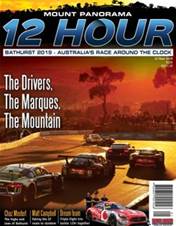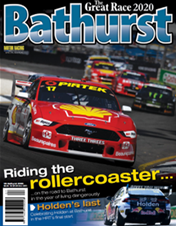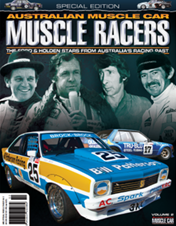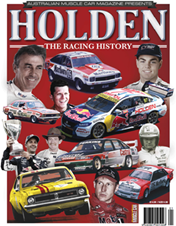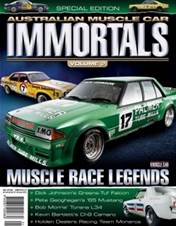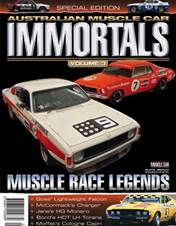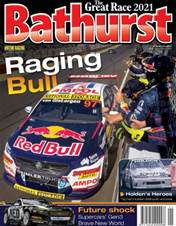During the early ‘70s, there were over 100 speedway tracks dotted around Australia. Most country towns of any size had one and speedway was a major sporting fixture for a lot of rural communities.
These country speedways had a unique atmosphere, especially those based at local showgrounds. During the ‘70s muscle car era, most of the cars running would typically be Toranas, Monaros and Falcons.

Ford Cortinas were another popular choice. You could stick one together cheaply from bits found in the local wrecker’s yard. No wonder the sport boomed in this period.
Recently we found some great visual memories of ‘70s speedway racing at Lismore (NSW north coast) posted on the website of Sydney-based photographer Graham Mison. These were some of the first photos he ever took, using the venerable Kodak Instamatic camera. He was around 14 or 15 at the time.

Graham’s family home was in North Lismore, the same suburb as the showgrounds where the speedway was based. As a kid he’d see the race cars being taken to the track on Saturday afternoons and whenever a meeting was on he could hear the roaring engines and the announcer on the PA from his back step. Pretty soon he convinced his elder brother to take him to ‘the skids’ for the first time.
“We sat in the grandstand and I was hooked,” he writes. “The sound, the smell, the lights and the on-track action all added up to something exciting that impressed me like nothing else.”
The two top local drivers at the time were Neville (Nev) Pezzutti and Max (Maxi) Maher in his Monaro. They were fierce rivals.

“To many spectators, they represented Good and Evil on the track. Who was which of course depended on your point of view. If you cheered for one you had to boo the other, for to have a hero there must be a villain, right? Where did this situation come from? I can’t say for sure, as it was already in place when I first took a seat in the grandstand.”
The battles between these two would be retold the next week in the playground at school.
“A tap on Saturday night became a shove on Monday morning. Next thing you know, the guy with the used car yard (Maxi) was the Devil reincarnated in his dark-coloured hell taxi! You couldn’t even put this down to a Ford versus Holden thing, as they were both loyal to the General.”

Toranas were better suited to speedway racing, but Mison remembers that Maher’s four-door HQ Monaro (painted aqua green when he took these shots) was the most exciting to watch.
“That thing had a massive amount of power and torque and would lift the inside front wheel at least a foot off the ground under power for almost a full lap of the quarter-mile circuit,” he recalls. “Add to that a massive blue and yellow flame that spewed out the side exhaust on the engine over-run accompanied by a loud whump! and this was one spectacular car, driven by a driver with some ability and not really a bad guy on or off the track.”

Other top locals were the Armstrong Brothers, Gary Bishop, Wayne Randall, Bob Worling and lady racer Ethel Eggins. Later in the decade they were joined by Grenville Anderson, Paul O’Neil, John Leslight, Adrian Anderson (Grenville’s brother, usually referred to as AJ) and Barry Arentz, the same guy who had raced Falcon GTs at Bathurst and Surfers Paradise in the late ‘60s. Barry also raced a Falcon on the dirt.
Occasionally one of the top Brisbane drivers would come down for a big meeting, like Merv Hargreaves in his XA Falcon coupe or Alan Butcher in his brutal yellow Pontiac Firebird. Butcher was one of the top Australian drivers at the time.
The biggest star to emerge at Lismore was Grenville Anderson, a local hero from the mid ‘70s onwards. “He was the most talented and fairest driver I have ever seen,” says Graham, “and the friendliest to the public. We use to call him the Lismore Express or just Grenville. Is there any other Aussie speedway driver who is instantly recognisable by just his first name? This guy was the Peter Brock of speedway sedan racing.”

Grenville Anderson won the 1975-1976 Australian sedan title in Adelaide driving the famous Peter Croke-owned Torana XU-1. The white and green car was always immaculate and if ever there was a dirt track sedan that should have a replica built of it, then Graham reckons this is it.
Anderson won two more Australian sedan titles (1977-1978 in Perth and 1979-1980 in Darwin) before a practice crash claimed his life. Some say Grenville was the best speedway sedan driver ever.

Lismore meetings almost always consisted of sedans, sedans and more sedans! There were Toranas, Falcons, Monaros, Cortinas, Anglias, several marques of Zephyrs, Escorts, Datsuns, Minis, the odd Valiant and every model of early Holden.
There were enough of these for three grades of competition (A, B and C). The heat races were usually about six laps, with a final of around 20 to 25 laps. The last event would usually be the ‘Tap-Tap’ race. In this you were allowed to tap the car in front a number of times before spinning them out of the way.

Because the speedway was also the location for Lismore’s annual show, the North Coast National, amenities were of a very high standard. There were powerful lights around the track and a pair of large covered grandstands, plus two smaller open ones built in the early ‘70s.
If you arrived early enough, you could score undercover parking in the pavilions used for auto and machinery displays during the Show. There was even the Beer Bar, the envy of many better-known tracks.

When Graham Mison moved to Sydney in the early ‘80s, he realised that Lismore had it all over tracks like Liverpool and Parramatta in that department.
One feature at Lismore was easy access to the pits. Before a meeting started, it was an open gate. Sometimes the gates closed during racing but most of the time anyone could walk in.
Unlike today, there was no thought of charging money for pits entry.

No security was needed at Lismore although a couple of cops would be on site to deal with the occasional fan who over-indulged at the Beer Bar.
“But, like many other tracks at that time Lismore had one downfall - the wooden fence,” writes Mison. “Many meetings would see a car take out a board or two of the two-inch thick timber and a lengthy delay would follow. At one meeting I witnessed a splinter of wood about a foot long shoot off and spear into the ground just in front of a young spectator.”
The smell of the Dagwood Dogs and hot chips still brings back strong memories of both the speedway and the Show. Mison still goes to speedway in Sydney - and the Lismore track is still going strong - but nothing can compare with the atmosphere of the early days when production sedans ruled the dirt in Australia.

“Speedway sedans were so popular in the ‘70s because they looked so similar to what people drove around in,” he says. “Today’s Super Sedans have never regained the crowd appeal that they enjoyed then.”
*Photos by Graham Mison from his Track and Runway website. Click on ‘When Sedans Were King’ link and go to ‘Memories of Lismore’ page. Also recommended is the page dedicated to the McConnachie Bros. Trans Am Mustang from New Zealand. Some say this was the best-looking dirt-track speedway car ever built.


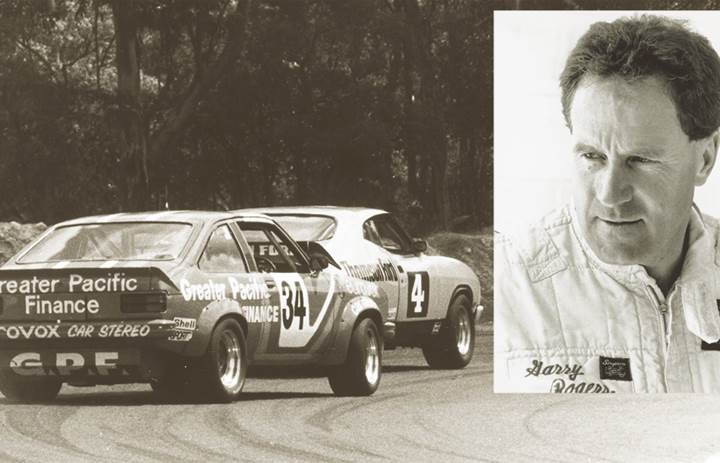


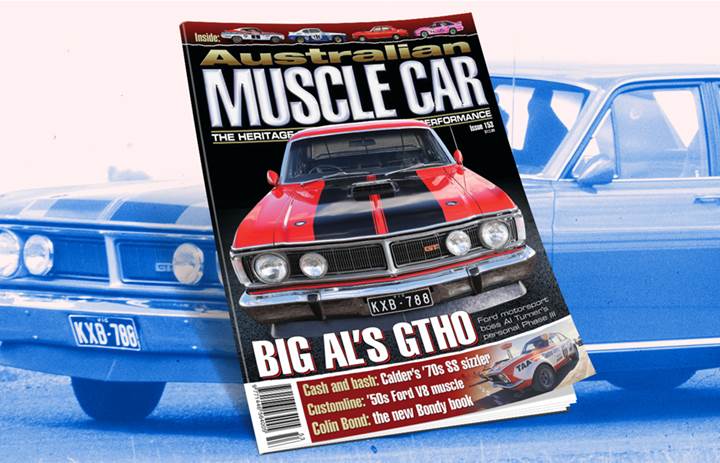
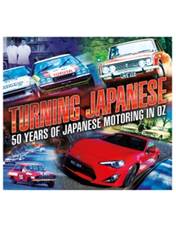
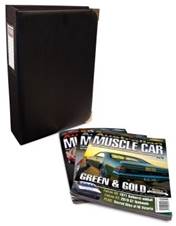


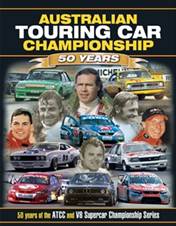

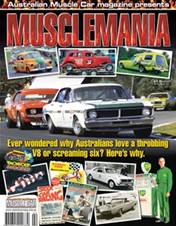
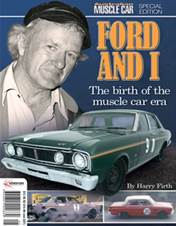
.jpg&q=70&h=226&w=176&c=1&s=1)
